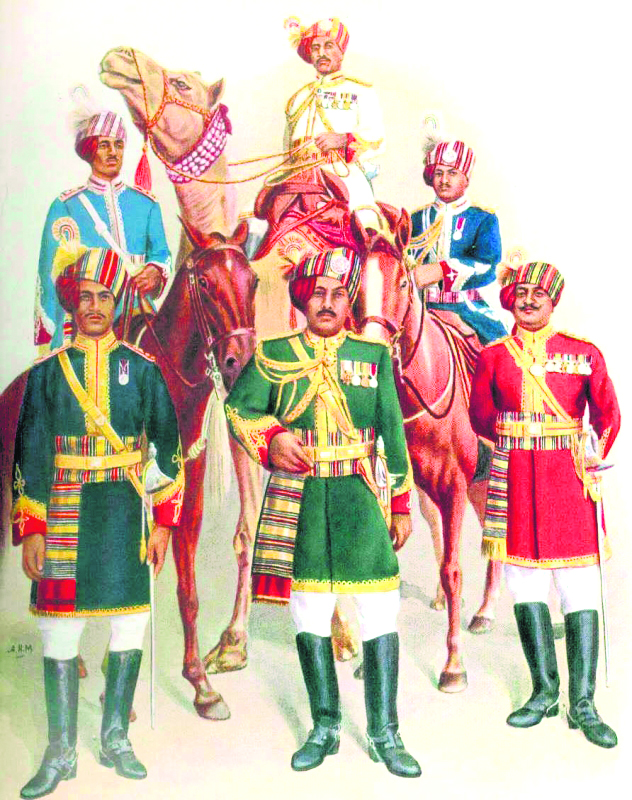Simply put, art is an expression of feelings. Dance, as an art form finds its expression of feelings in various moves, postures and expressions. India’s various regional dance art forms are not only baffling in their diversity, but also carry unique charms of their own. There are subtle yet powerful ways in which a dance form reveals the traditions, culture and geographical conditions of their place of origin. Be it the costumes worn, or the bodily forms used to depict the dance, each one is a powerful mediator in itself. Alas, so much gets communicated through deftly crafted forms of non-verbal communication, which have found ways of surviving centuries of intense change and modernisation. Similarly, Ghoomar is one such local dance that originated in Rajasthan, and continues to enchant both, the modern-day dancer and her audience in the same aesthetic and sway. The term Ghoomar can simply be translated into a twirling movement with the swirling of lehengas (long, flared skirts that are adorned as a part of the traditional poshaak dress). The greater the number of flairs (or gheras), the more the swirling movement. The delicate movements of the hands, the tapping of the foot and the exquisite façade caused by the swirling makes Ghoomar a highly elegant and visually soothing dance. Ghungroos worn at the feet of the dancers infuses a magical percussion as per her rhythmic transcendence. Its versatility lies in Ghoomar welcoming solo, duet and larger group renditions. Traditional norms call for women to put on their ghoonghat or veil while performing the dance at their in-laws’ place. Pre-recorded music continues to be a rare aide to art of Ghoomar. Live folk music sung by musicians of ancestral mastery accompany the dancer. Musical instruments, primarily the dhol, plays an important role and its centrality can be observed in its veneration at the beginning of any traditional wedding as a sign of respect. Beats of the dhol embody the spirit of celebration, and thus, upon the completion of wedding rituals and celebrations, the folk musicians are thanked and showered with gifts.
Even though most of the folk singers and musicians are men, Ghoomar is strictly performed within the confines of the zenana or women’s wing. That said, the sanctified privacy of Ghoomar did not limit its integral role in Marwar’s celebrations. Quite the contrary. Old records of Marwar state at the Maharaja Man Singh Pustak Prakash and Research Centre, Mehrangarh Fort at Jodhpur mention the primacy of Ghoomar in royal functions, festivals, weddings and celebrations alike. And till date, the tradition stands.
One very special ritual around Ghoomar is its performance by the bride as a part of her first dance at her in-law’s place. The symbolism behind this is that the bride is equated in status with the Goddess Lakshmi and her dance is believed to herald prosperity into her in-laws’ house.
Not very long ago, in 2013, an online travel advisory survey ranked Ghoomar the 4th amongst the world’s top 10 local dances. With the Hawaiian Hula topping the list, Ghoomar was the only Indian folk dance to stand amongst the first ten.
Its more global prominence aside, Ghoomar continues to reign over Rajput hearts as the most iconic, graceful and divine dance form. Kalpana Champawat is the head of the Women Cell of ITACH’s Jodhpur chapter and takes care of the media and PR at the Mehrangarh Museum Trust. She has organized exclusive heritage walks and workshops related to Marwar’s art, crafts and culture in Jodhpur and works closely with His Highness Maharaja Gaj Singhji II and his family. She is based out of Jodhpur, Rajasthan.
The delicate movements of the hands, the tapping of the foot and the exquisite façade caused by the swirling make Ghoomar a highly elegant and visually soothing dance.













